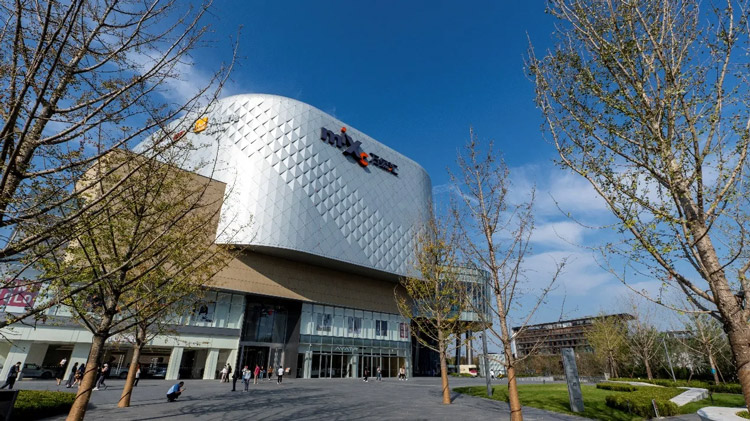Understanding the Fundamentals of Metal Bending: Techniques and Applications
Metal bending is a critical process in manufacturing that allows for the shaping of metal into various forms needed for different applications. This guide explores fundamental techniques of metal bending and their practical applications across various industries.
1. Basic Principles of Metal Bending
Metal bending involves deforming a metal workpiece into a specific shape by applying force. The process relies on the material's ductility, which allows it to be reshaped without cracking.
2. Common Metal Bending Techniques
-Air Bending:
- A versatile method where a punch creates a bend in the metal without forcing it completely into a die. This allows for flexibility in angle adjustments.
-Bottom Bending:
- In this technique, the punch fully engages the metal into a die, which results in more accurate angles and consistency in thickness.
-Coining:
- A precise method where the punch completely shapes the metal into the die. It is ideal for creating sharp, defined angles but can cause work hardening.
-Roll Bending:
- Used to create arcs or cylindrical shapes, this technique involves passing the metal sheet through a series of rollers.
-Stamping:
- This process uses a die and press to shape the metal, often used for high-volume production of parts.

3. Material Considerations
-Types of Metals:
- Common materials used in metal bending include aluminum, steel, brass, and copper. Each material's properties, such as strength and ductility, influence the bending process.
-Thickness and Formability:
- The thickness of the metal and its formability are critical factors in determining the appropriate bending method and equipment.
4. Applications of Metal Bending
-Aerospace Industry:
- Used to create structural components, brackets, and supports that require high strength-to-weight ratios.
-Automotive Manufacturing:
- Essential for producing various parts such as frames, body panels, and exhaust systems.
-Construction:
- Metal bending is used for making handrails, beams, and structural supports in buildings.
-Consumer Products:
- Common in manufacturing items like furniture, appliances, and decorative elements.
5. Challenges and Considerations
-Bend Radius:
- The inner radius of a bend can impact the product's integrity. Smaller radii may lead to cracking, while larger radii are more forgiving.
-Springback:
- After bending, metals tend to return slightly to their original shape. Understanding and compensating for springback is crucial for achieving precise angles.
Metal bending is a fundamental process in manufacturing with a wide range of techniques and applications. By understanding the principles, materials, and challenges involved, manufacturers can optimize their bending processes to create high-quality products that meet industry demands.
26
2025-05
Number of visitors:536
HOT NEWS
-
High-Accuracy Curve Forming: Achieving Consistent Bends in Aluminum, Steel, and Alloy Materials
2025-11-27
-
Advanced CNC Tube Bending Technology: Achieving Consistent and Reliable Precision in Complex Shapes
2025-11-17
-
From Design to Execution: How Profile Bending Transforms Architectural and Industrial Projects
2025-11-10
-
Innovations in Door and Window Bending Processing: Key Techniques for Enhancing Product Quality
2025-11-01




 English
English Chinese
Chinese Japan
Japan German
German

 LIST
LIST
